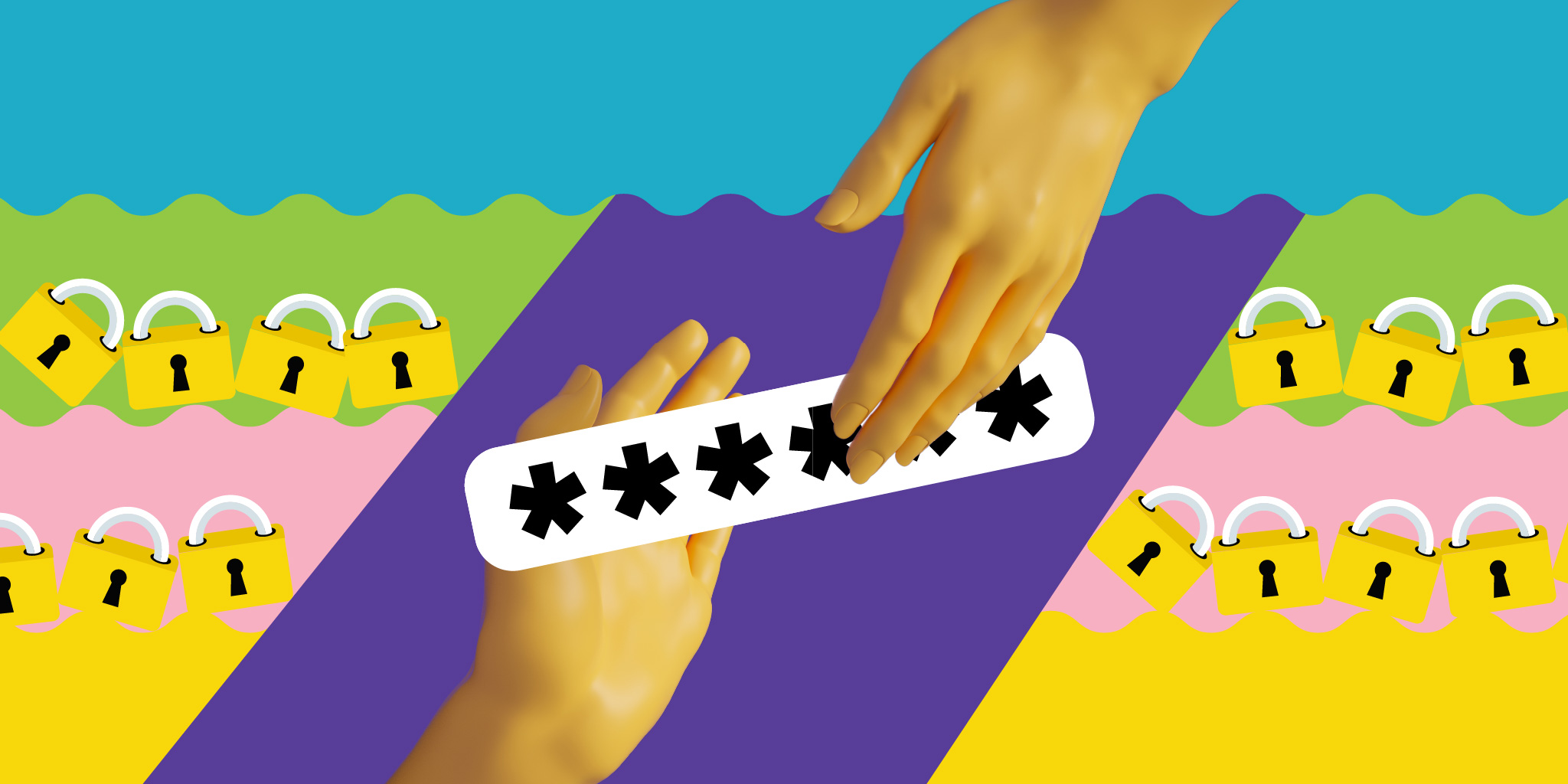February 17, 2020
Using multi-factor authentication is one way to protect your online accounts against cyber criminals.
Multi-factor authentication is when you use two or more authentication factors to verify your identify. These factors include:
- Something you know, such as a password, passphrase or personal identification number (PIN)
- Something you have, such as a token or smartcard
- Something you are, such as a biometric like a fingerprint
We describe some examples of these three factors below.

Something you know (a PIN) and something you have (a smart card)
In most cases, you use log in credentials as your first line of defense to protect an account. For example, to sign in to your online banking account, you need to enter your account number and a password.
These log-in credentials are pieces of information that you know, and by having this knowledge of the account number and password, you are identifying yourself as the account owner. But these credentials are an example of single-factor authentication.
As an example of multi-factor authentication, imagine you are at an ATM so that you can withdraw money from your bank account. Your debit card (something you have) is one authentication factor.
However, to access your account, you also need to enter the PIN that is associated with your debit card. Your PIN (something you know) is your second authentication factor.
It’s a great example of multi-factor authentication at work: Your bank card is one means of identifying who you are. If you lose your debit card, or someone steals it, your PIN provides an added layer of security
Something you are (a biometric)
Biometrics are an example of the third authentication factor, something you are. Biometrics refers to the measurement and use of your unique body characteristics, such as your fingerprint, facial structure, or speech patterns.
Banks and investment firms commonly use voice recognition when you call them to verify your identity. Your voice is analyzed based on its acoustics and individual characteristics like your accent, speech rhythm, and vocabulary.
As an example of multi-factor authentication that uses biometrics, consider your cell phone. You can enable multi-factor authentication so that you have to enter a PIN (something you know) and scan your fingerprint (something you have).
Biometrics are a convenient form of authentication because you have them readily available.
Conclusion
Multi-factor authentication is an important tool for keeping yourself cyber secure online. These three examples can help you to get started in using multi-factor authentication to protect yourself.